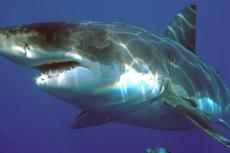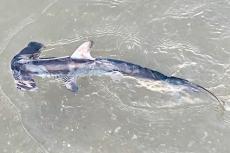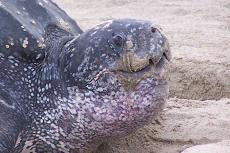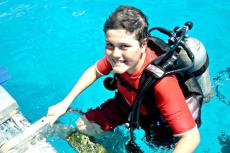Birthdate determines mating strategy for spear squid
A study by The University of Tokyo lifts the veil on how the male spear squid approaches a potential mate.
Scientists from The University of Tokyo have discovered that a male spear squid’s birthday is not just a date—rather, it determines their mating strategy for the rest of their lives.
According to their study, spear squid that are born early in the mating season (between early April and mid-July) grow to formidable sizes. Called "consorts", they actively fight off any rivals in order to mate and then stick close to their mate as she lays her eggs.
Alternatively, spear squid born between early June and mid-August, known as "sneakers", are smaller in size and would covertly deposit their sperm on the outside of a female near where she lays her eggs, in the hopes of getting them fertilised.
As for the spear squid that were born in mid-July, they had a fifty-fifty chance of adopting either strategy.
These mating strategies are locked in from the moment the squid are hatched and do not change during their lives, according to the findings of a study published in the journal Proceedings of the Royal Society B Biological Sciences.
“Our results showed that the hatching date determines the whole life trajectory in this species.”
Associate Professor Yoko Iwata
Implications for commercial fishing
The study allows us a peek into the window of how climate shifts may shake up both the squid's love life and our fishing yields.
According to Associate Professor Yoko Iwata from the University's Atmosphere and Ocean Research Institute, “the difference in hatch date means that the squid experience different environmental conditions in early life, which may influence the growth trajectory."
"If an extreme environmental event, such as an ocean heat wave, happens during the hatching season, it could affect the squid’s mature body size and subsequent mating tactic. This would also impact the amount that could be commercially caught enormously," she added.
Further study
The research team is turning their attention to the statolith, a structure inside the squid that grows daily, layer by layer. Besides using it to estimate the squid's age, the microelements within it can be used to determine the ocean conditions at the time that specific portion of the statolith was developed.
This would enable the researchers to work out the evolving conditions in which the squid developed, thus creating a clear picture of how this might have influenced their mating tactics.























